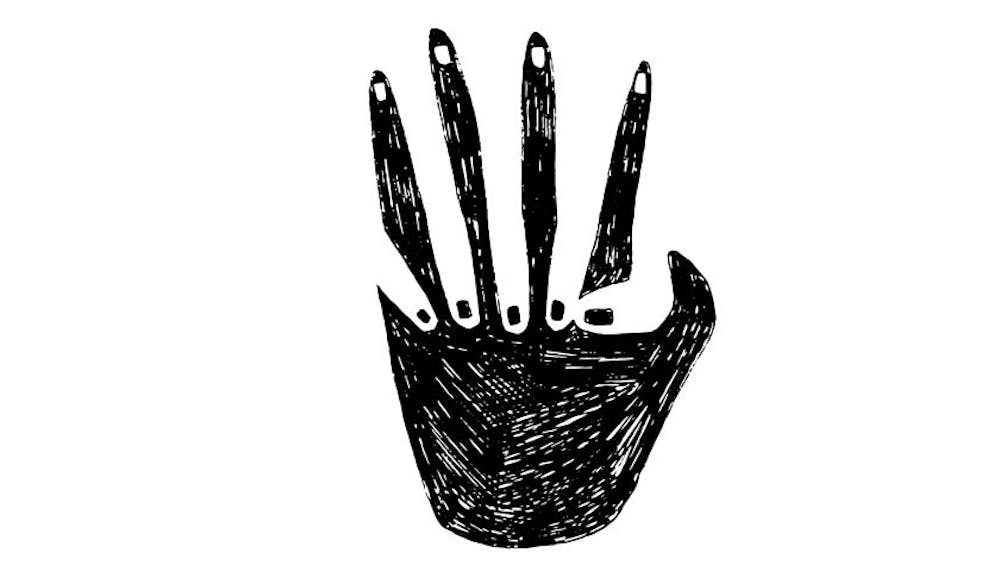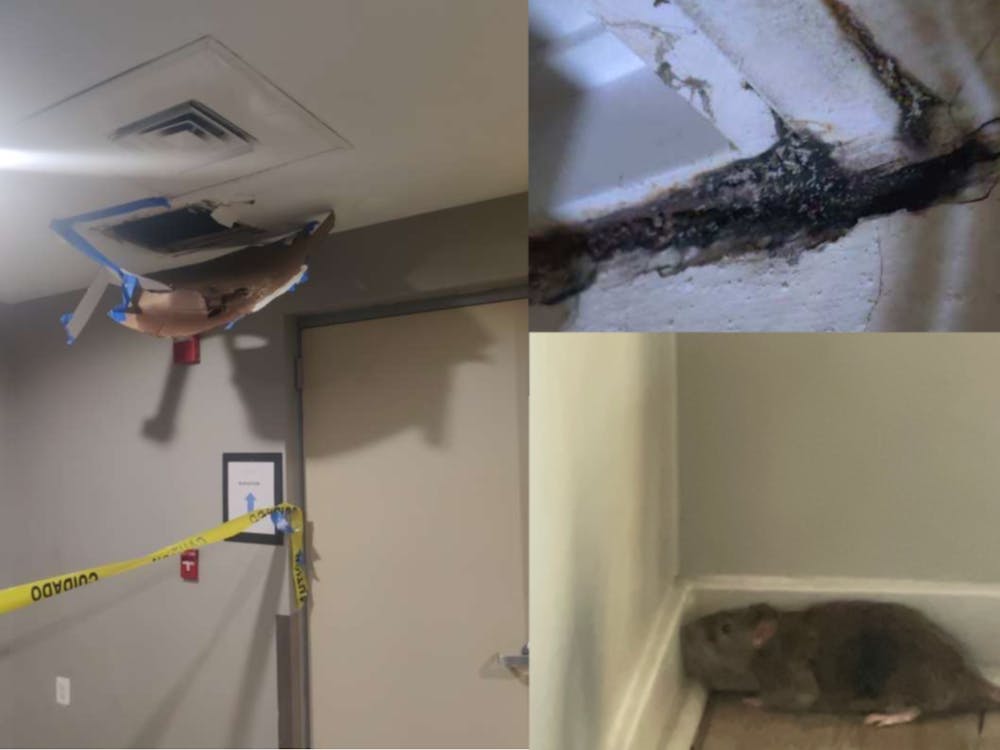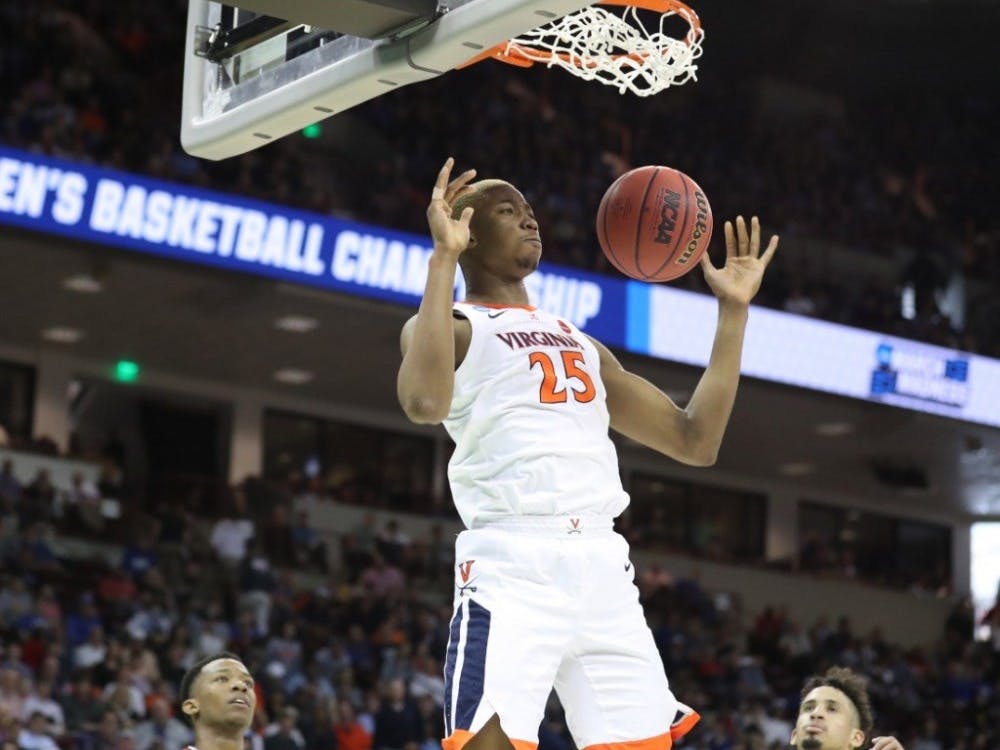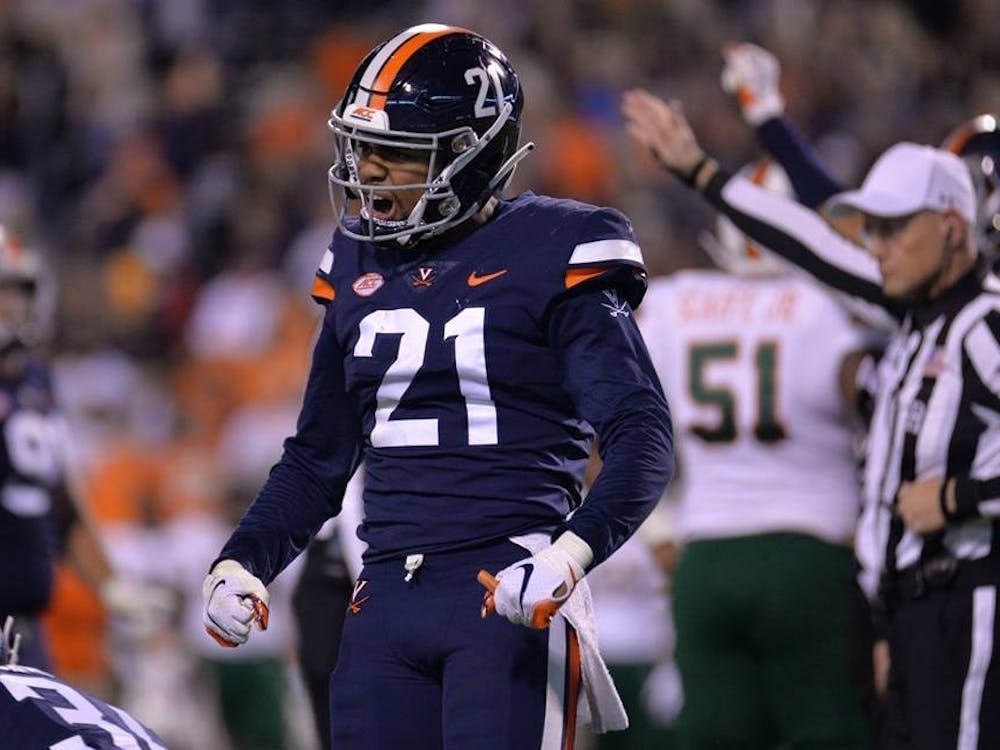This past August, the Charlottesville-Albemarle Convention and Visitors Bureau, which promotes tourism and markets Charlottesville as a destination, launched its “Joined in Strength” campaign as an attempt to unite the City of Charlottesville in response to the anniversary of the white supremacist rallies of August 2017.
Since last August’s events, members of University and Charlottesville community have tried to initiate healing through demonstrations like counter-protests and candlelit vigils. But as the one-year anniversary approached, some within the City believed that something bigger needed to be done to spread a message stronger than the hate the City witnessed last year.
“We wanted to make a statement … something that people could rally behind,” CACVB project assistant Will Dozier said. “We didn’t want it to be overly political. We really wanted it to be about unity … [This] was a big, important time for us to make a statement because if we didn’t, who would?”
The CACVB launched the campaign on the Downtown Mall as well as across social media applications. In its essence, Joined in Strength created a platform for community members to demonstrate solidarity and unity by posting positive messages about Charlottesville.
The campaign was received differently by many individuals and activist groups around the City who argue about its true impact, Joined in Strength’s capacity to effectively heal the community and actions that need to be taken moving forward.
Launching the campaign
The CACVB worked with Clean, a Raleigh, N.C.-based creative agency, to organize and execute the campaign. Clean serves as the CACVB’s marketing team, and the agency helped the CACVB build Joined in Strength’s brand and logo. Interim Executive Director Adam Healey started at the CACVB only a month before the anniversary, so planning for the campaign began only two weeks from the anniversary date. However, the agencies fully utilized available resources, and the CACVB spent at least $25,000 from its budget on campaign finances, merchandise and social media.
At the heart of the campaign was its logo — two hands, one light and one dark, clasping each other — that represents the harmony of solidarity. The campaign’s logo was inspired by the C’ville heart symbol that was originally designed by Dani Antol, co-owner of paper goods company Rock Paper Scissors, a few days after the rally last August.
The CACVB said the hands were integral to the promotion of the campaign and appeared on flyers, banners, T-shirts, stickers, pins and full-page ads in the Washington Post and The Daily Progress.
“We developed the two hands clasping each other, and we worked with our ad agency, Clean, to develop that creative and to put in place all these various assets — physical assets and digital assets — to make available to businesses and individuals that wanted to join our campaign,” Healey said.
In addition, the bureau had street teams in Charlottesville and Washington, D.C., the site of the second Unite the Right rally, handing out posters and stickers, most of which still sit in various shop windows on the Downtown Mall.
“We created a landing page where counterprotesters could get our solidarity materials, and we created graphics based on our solidarity poster that people could download and use on social media,” Healey said. “We helped turn people’s feeds and profiles into an online sea of solidarity messages.”
This accessibility extended the scope of the campaign’s presence on social media, and the hashtag #JoinedinStrength gave individuals across the country the opportunity to take part in the campaign.
“I knew that we wanted to have some sort of platform ready to tell the alternate message, and that was what was the genesis of the Joined in Strength campaign,” Healey said. “We wanted to give people the opportunity to post something positive about Charlottesville during that weekend in a unified, viral fashion.”
Measuring campaign scope
Despite the two-week time constraint for organization and execution, the campaign was well-received by community members and audiences, according to Healey. A large contributor to the campaign’s reach was its accessibility — campaign tools and merchandise were made available and downloadable to everyone, giving anyone the means to partake in and spread the campaign’s message.
“We were able to accomplish some really cool things while we were working on the campaign,” Clean account manager Leia Trotter wrote in an email to The Cavalier Daily. “On Aug. 12th alone, there were 750 downloads of campaign assets … There were 3,265 downloads during the weeklong campaign period.”
There were a total of 400 million media impressions, or records of when an ad or page is requested from a browser, throughout the campaign’s duration — 66,400 impressions on Twitter, 155,384 Instagram post impressions and a reach of 165,485 accounts on Facebook.
“With almost 8,000 website sessions over the campaign period, #JoinedinStrength went nationwide, reaching all 50 states in a single week,” Trotter said.
Dozier said the agencies focused on co-signers of the campaign — like Dave Matthews, Charlottesville native and Grammy-award winning musician of the Dave Matthews Band, and the Holderness family, who posts family and lifestyle videos to YouTube and graduated from U.Va. They helped advocate the Joined in Strength message over social media and on the Downtown Mall. Media personalities and influencers received Joined in Strength kits, each with a shirt and poster to help spread the campaign’s message across their platforms.
In addition to the attention garnered through social media, the campaign received nationwide coverage by USA Today, Newsweek and CNN, as well as 109 U.S. newspapers and nearly 50 TV stations, according to Clean. On the anniversary, campaign organizers posted to the Washington Post’s website “Charlottesville stands with the people of Washington, D.C.,” and provided a link back to the campaign’s site, where visitors could print out their own T-shirt or sticker designs.
“I think what we did was we simply provided a platform for people to express feelings of hope and love and unity and diversity and inclusivity,” Healey said. “I think we absolutely accomplished our objective … We were overwhelmed by the amount of participation and support for the Joined in Strength campaign, and we are very happy with the results.”
Can a campaign make a difference?
Campaign organizers said the main purpose was to initiate solidarity and spread positive messages about Charlottesville, but it is difficult to determine its impact or success. Feelings of uncertainty and fear still remain at the University and in the City, and some believe that no initiative can alleviate the damage.
“The prominent displays of hatred shown during the events of August 11th and 12th have shifted the way students view the community that they have come to call home,” third-year College student Joseph Dennie said. “Time may continue to pass, but the effects still linger.”
Although CACVB believes the campaign’s logistics demonstrate Joined in Strength’s reach, many student activist groups at the University and in the City were not aware of the campaign, which causes some to question its success.
"It is telling that many in the activist community in Charlottesville have never heard of the Joined in Strength campaign,” said Ben Doherty, an organizer with Showing Up for Racial Justice, a national network of groups working to combat white supremacy. “At SURJ, we would question the motives of the Charlottesville-Albemarle Convention & Visitors Bureau. Do they care about truly addressing racism in the City, or do they care most about promoting the image of Charlottesville as an idyllic tourist destination?”
Others believe, however, that Joined in Strength provided the public an opportunity to turn the messages of hate felt one year ago into those of love.
“Joined in Strength has been a great response to the events of August 11th and 12th,” second-year College student Riley Creamer said. “It has made the best of the situation, showing that hate has no home in [Charlottesville.] Groups like Joined in Strength present us with the opportunity … to build hope out of fear … So as far as addressing the larger issue, I think it does fine.”
Changing that discourse around the community cannot change the events that took place last year, but it can promote feelings of inclusivity and unity, according to Kristen Boyce, communications director of the Black Student Alliance and fourth-year Commerce student.
“I’m not sure I would go so far to say that it will heal the community,” Boyce said. “I think it would be good to set people’s minds at ease and let them know that there are people who are standing in solidarity, and there are people who are racist in promoting anti-black or anti-people-of-color sentiments, and so in that way I think it more helps people feel included and like they are a part of the community.”
Some community members still question the campaign’s ability to address the larger issues of racism and hate that surfaced in Charlottesville last year and still remain now.
“This campaign — it seems nice on the surface — but I think that having a big social media campaign … really glosses over the issues that are at the core and on the minds of people of color,” said Annelise Miranda, a third-year College student and vice president of advocacy for the Latinx Student Alliance. “There’s a reason that the white supremacists came to Charlottesville for August 11 and 12 ... Charlottesville has much deeper problems with racism than a hashtag can solve.”
According to Miranda, racism is a large part of Charlottesville’s history, with figures such as Thomas Jefferson, Meriwether Lewis and Robert E. Lee — all of whom owned slaves and perpetuated the practice’s survival — hailing from the area.
Activist groups at the University and in the City, like LSA and SURJ, believe that confronting the City’s history is an important part of addressing the issues that still impact the City’s policies, legislation and quality of life for residents.
“Charlottesville’s history is so deeply tied with white supremacy that there’s really no way to actively move forward without confronting that,” Miranda said. “It’s a conversation that’s hard to have for a lot of people … but without confronting it, Charlottesville is still going to make the mistake of having a social media campaign as opposed to enacting reforms.”
While the campaign may have provided some community members a place to change that hateful storyline of Charlottesville, others argue that the issues of hate and racism extend too deep to be addressed by social media posts, posters or stickers.
“I definitely think it’s placating the white majority who want to talk about, ‘No, this isn’t my Charlottesville,’” Miranda said. “Charlottesville likes to put on this face of progressivism, but … when it really comes down to it, the City still prioritizes its white residents.”
Moving forward, Doherty said that the City must wholly confront its legacy, which publicity campaigns cannot fully accomplish. According to Miranda, the deep-rooted issues cannot be solved with a campaign, and addressing the issues is what will help the community to effectively heal.
“If Charlottesville wants to get over its history of racism and truly overcome August 11 and 12, the people of color need to be leading that,” Miranda said.
Even though some remain at odds with the campaign’s impact and question its motives, others believe that the community’s discourse about the events and the issues is moving in the right direction.
“It’s a step … The fact that people are trying to engender healing and unity in the community, that’s something,” Boyce said. “It’s not being swept under the rug, people are trying to recognize it, so I think it’s a step in the right direction.”
Correction: This article previously misspelled the name CACVB Interim Executive Director Adam Healey as Adam Healy, and has since been updated.





